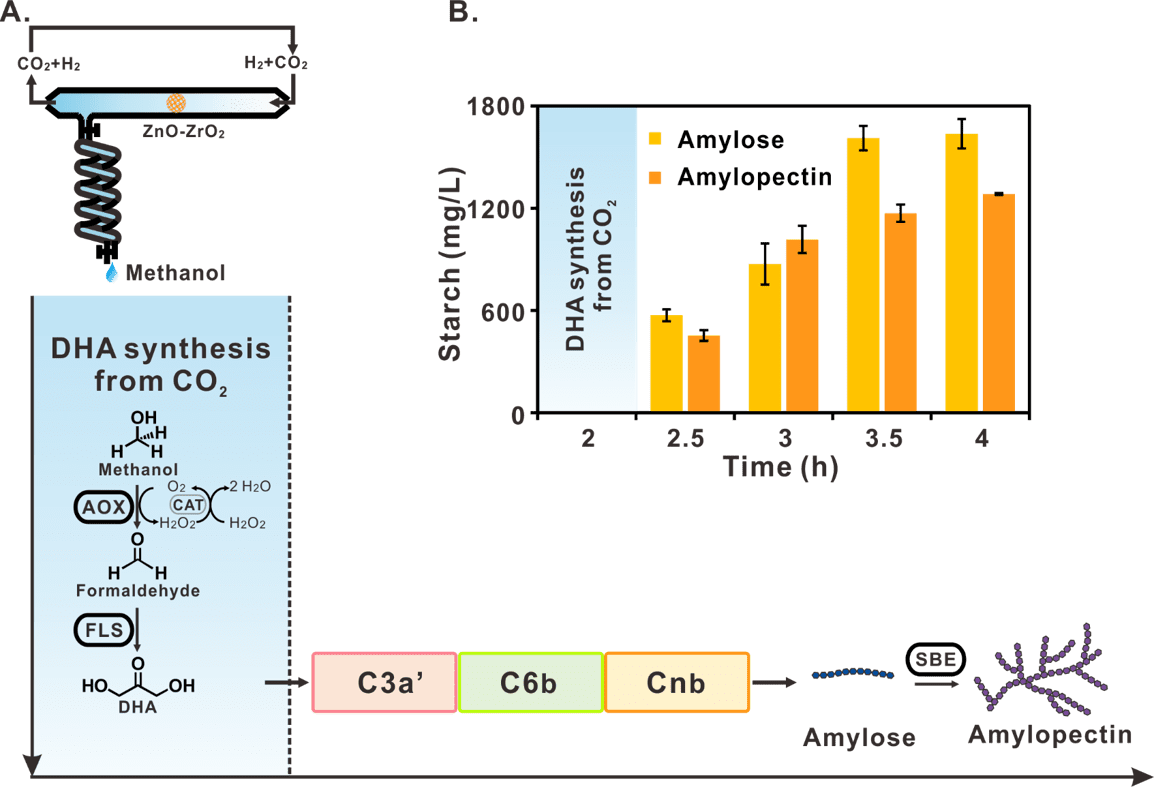
- Image by Getty Images via @daylife
In the discussion of alternative energy and fuels, algae have been bubbling to the top of the proverbial feedstock pool. Algae, the little green guys responsible for everything from making your Dairy Queen Blizzard solid to forming the basis of our current fossil fuels, are being looked at long and hard by some of the nation’s top researchers and decision-makers as a source for next-generation biofuels.
Biofuels are already produced in large quantities. In the United States, corn is used to produce tens of millions of gallons of the ethanol each year. Biodiesel, produced in smaller volumes, can be produced from everything from waste cooking oil to soybeans and tropical plants.
Unfortunately, corn ethanol and terrestrial plant-based biodiesel face significant environmental and social dilemmas. Reliance on food crops for fuel poses problems for populations around the world that rely on basic staple foods such as corn. Deforestation is rampant in tropical climates as forests are cut down to accommodate oil crop production. And all of these crops require vast amounts of land and water.
Enter algae.
The idea is that algae can avoid some of the problems facing our current sources of biofuels. As evidenced by algae growing in backyard pools around the nation, algae aren’t the pickiest organisms; algae primarily require sunlight, carbon dioxide and water to grow. Carbon dioxide can come from power plants and industrial emitters, which not only results in faster growth, but also would let carbon dioxide from fossil fuels be recycled before being emitted to the atmosphere. Unlike terrestrial crops (like corn), algae can utilize wastewater for growth, reducing demand on scarce water resources.










